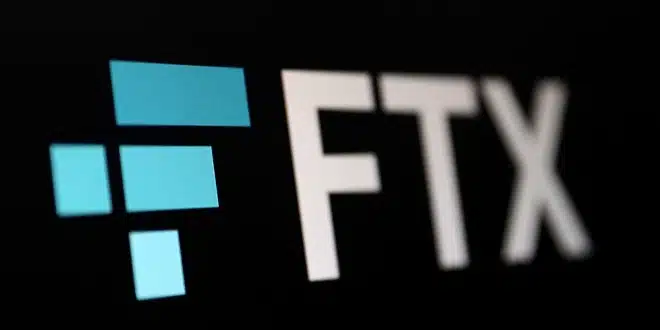The long-running FTX bankruptcy proceedings have reached a new milestone, as the collapsed cryptocurrency exchange prepares to disburse a fresh round of repayments to its creditors.
Nearly three years after FTX’s dramatic downfall in late 2022, affected parties are finally set to receive additional compensation—though concerns remain over valuation methods and geographic restrictions.
According to a company statement released on July 23, the next distribution cycle is scheduled to begin around September 30, 2025, with the eligibility cut-off date for claimants set for August 15, 2025.
Court Clears $1.9 Billion for Distribution
This round of repayments was made possible after the U.S. Bankruptcy Court in Delaware approved the release of $1.9 billion in cash, which became available following a court decision to reduce FTX’s reserve for disputed claims from $6.5 billion to $4.3 billion. This significant reduction unlocked additional liquidity that will now be directed to eligible claimants.
The forthcoming payouts will cover holders of:
- Class 5 (Customer Entitlement Claims)
- Class 6 (General Unsecured Claims)
- Qualified Convenience Claims
FTX’s designated distribution service providers—BitGo, Kraken, and Payoneer—will manage the payments. To receive their share, creditors must complete know-your-customer (KYC) verification, submit appropriate tax documentation, and ensure registration is completed by the mid-August deadline.
Massive Recovery But Ongoing Disputes
While the approved distribution marks tangible progress in the bankruptcy case, not all creditors are satisfied with the terms—particularly when it comes to how claims are valued.
FTX’s estate is adhering to asset prices from November 2022, when the company declared bankruptcy. At that time, Bitcoin was trading between $16,000 and $20,000. Since then, the crypto market has rallied significantly, with Bitcoin now worth approximately $120,000 and other digital assets also showing steep increases.
This gap between bankruptcy-era pricing and current market valuations has become a major point of contention. Several creditors have launched lawsuits, arguing that under FTX’s original terms of service, they are entitled to the present-day value of their digital assets—not the substantially lower amounts set by the court’s dollar-based formula. So far, however, the court has continued to uphold the original valuation model.
Legal Hurdles and Geopolitical Barriers
Despite the overall recovery of up to $16.5 billion, FTX faced staggering losses at the time of collapse, having retained only 0.1% of customer Bitcoin holdings and 1.2% of Ethereum assets, according to official reports.
The complexity of global regulation is also slowing parts of the repayment process. In jurisdictions such as China and Russia, nearly $470 million worth of claims are currently entangled in legal and regulatory uncertainty. Some of these excluded claimants are now exploring potential legal action against the FTX estate or its partners.
Although the confirmed reorganization plan includes full principal repayment and 9% interest for most non-governmental creditors, limitations imposed by regional laws continue to block or delay payments to certain groups.
Looking Ahead
While the upcoming September distribution offers renewed hope for many creditors, unresolved legal battles and valuation disputes highlight the challenges that remain. As more funds are gradually released and lawsuits play out in various jurisdictions, the FTX bankruptcy saga continues to serve as a cautionary tale for the crypto industry—underscoring both the volatility of digital assets and the difficulties of navigating recovery in the wake of collapse.
FTX’s next phase of payouts could bring closure for some, but for others, the fight over fair compensation is far from over.


